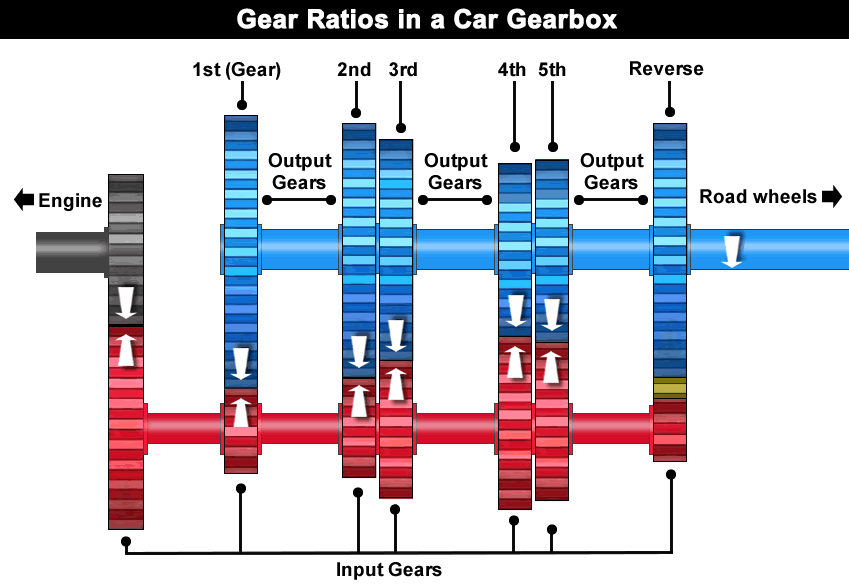Demystifying Automotive Gear Ratios: A Comprehensive Guide
When it comes to understanding how a vehicle operates, one crucial element that often remains a mystery to many is the concept of gear ratios. These ratios play a pivotal role in determining a vehicle’s performance, fuel efficiency, and overall drivability. In this article, we’ll delve into the world of automotive gear ratios, breaking down the fundamentals and shedding light on their significance.
Unravelling the Basics
- What is a Gear Ratio?
At its core, a gear ratio is a numerical representation of the relationship between the rotations of two interconnected gears. In an automotive context, this refers to the ratio between the number of teeth on the input (driving) gear and the output (driven) gear. Understanding this relationship is paramount in ensuring a vehicle’s engine operates efficiently across various driving conditions. - Types of Gears
In an automobile, several types of gears work in harmony to deliver power from the engine to the wheels. These include:
Spur Gears: These are the most common type of gear found in vehicles, with straight teeth that run parallel to the axis of rotation.
Helical Gears: Unlike spur gears, helical gears have teeth that are inclined to the axis of rotation. This design helps in reducing noise and providing smoother operation.
Planetary Gears: Often employed in automatic transmissions, planetary gears consist of a central “sun” gear surrounded by “planet” gears and an outer “ring” gear. This arrangement allows for a wide range of gear ratios.
Bevel Gears: These gears have cone-shaped teeth and are frequently used in differential systems to transmit power at right angles.
The Significance of Gear Ratios
- Torque vs. Speed
One of the primary functions of gear ratios is to control the balance between torque (rotational force) and speed (rotational velocity). Lower gears provide higher torque, making them ideal for tasks like acceleration or climbing steep inclines. Conversely, higher gears reduce torque but increase speed, which is useful for maintaining higher speeds on level terrain. - Efficiency and Fuel Economy
Selecting the appropriate gear ratio is crucial for optimizing fuel efficiency. When a vehicle operates in an ideal gear range, the engine can work at its most efficient level, minimizing fuel consumption. This is why modern vehicles are equipped with transmissions that offer a range of gears, allowing for optimal performance across various driving conditions. - Performance and Power Band
The gear ratio also determines the engine’s “power band,” which is the range of RPM (revolutions per minute) where the engine produces its peak power. By selecting the right gear, drivers can ensure that the engine operates within this power band, providing the necessary performance for tasks like overtaking or towing.
Changing Gears: Manual vs. Automatic
- Manual Transmissions
In manual transmissions, the driver manually selects the gear based on the driving conditions. This grants a higher level of control over the vehicle’s performance. Knowledge of gear ratios is essential for skillful driving with a manual transmission. - Automatic Transmissions
Automatic transmissions, on the other hand, use a hydraulic torque converter to change gears automatically. The transmission system uses a planetary gear set to continuously vary the gear ratios, optimizing performance without driver intervention.
Conclusion
Understanding automotive gear ratios is a fundamental aspect of automotive engineering and driving proficiency. By comprehending how these ratios influence a vehicle’s performance, drivers can make informed decisions on the road. Whether you’re a gearhead or simply a curious driver, appreciating the intricacies of gear ratios enhances your overall driving experience. So, the next time you hit the road, remember that those gears are working harmoniously to deliver the power you need.













